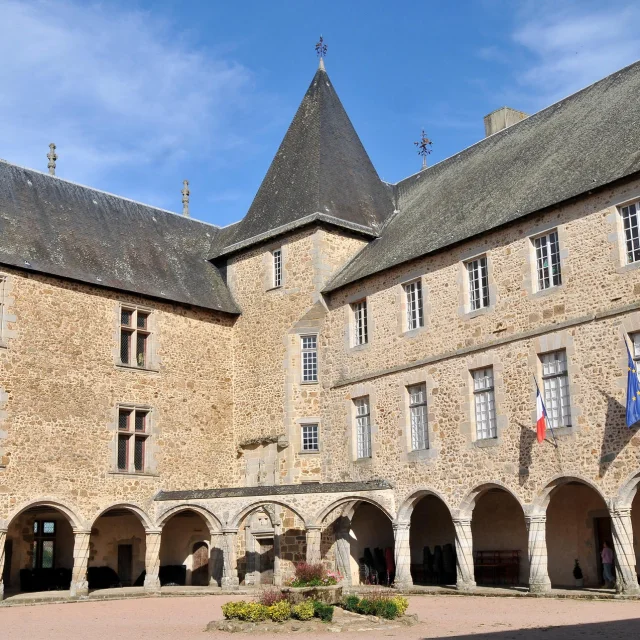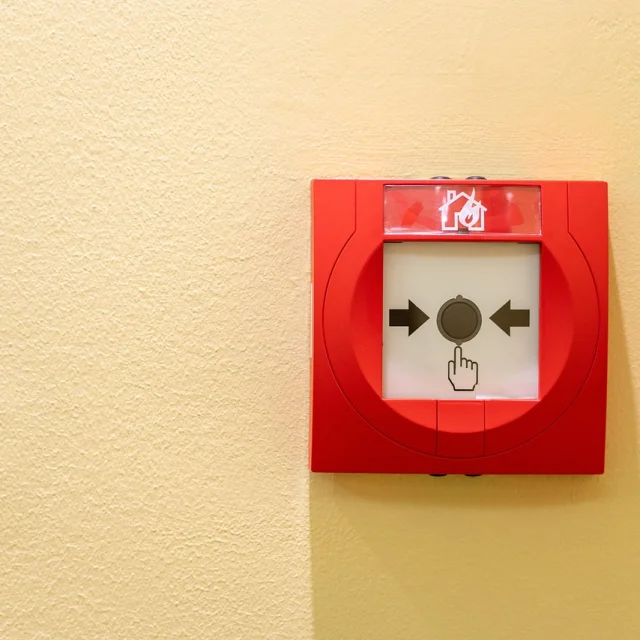Conditions for accommodation to be considered as ERP
An accommodation is classified ERP (Etablissement Recevant du Public) of 5th category with sleeping quarters as soon as it meets one of the following criteria:
- It accommodates more than 15 people in total
- It accommodates at least 7 unaccompanied minors (unaccompanied by their families, in the context of holiday camps for example)
- It is made up of several buildings separated by:
- less than 5 metres if there are no bedrooms above the 1st floor
- less than 8 metres if there are bedroom(s) above the 1st floor
The procedure is governed by ERP regulations and the law on fire safety. Its aim is to protect the occupants and the public being welcomed.
The first and main person responsible for compliance with safety rules in an ERP is the operator. </In the event of an accident, the operator is liable under civil and even criminal law. The operator must ensure that the safety equipment is maintained and serviced in compliance with the regulations on protection against the risks of fire and panic. Failure to comply with these obligations may result in administrative or even criminal penalties.
 Emergency Exit 6773807 1280
Emergency Exit 6773807 1280







